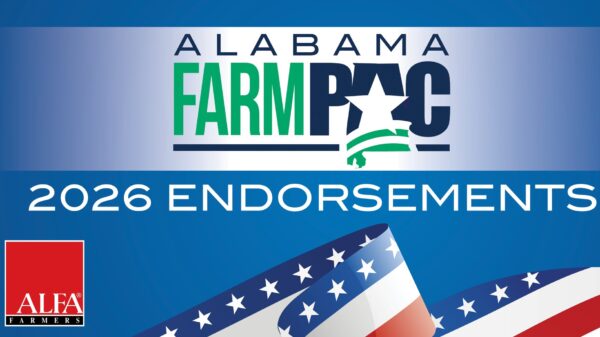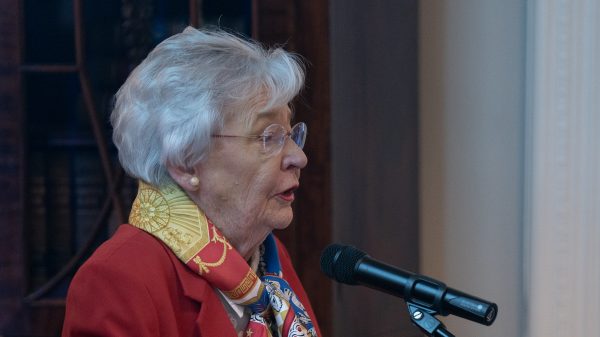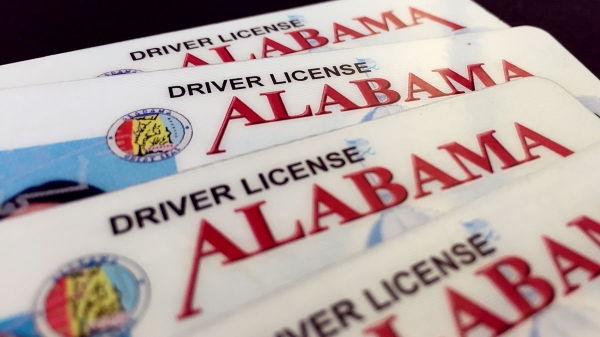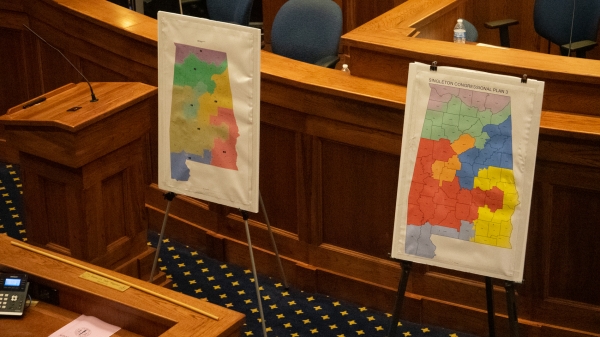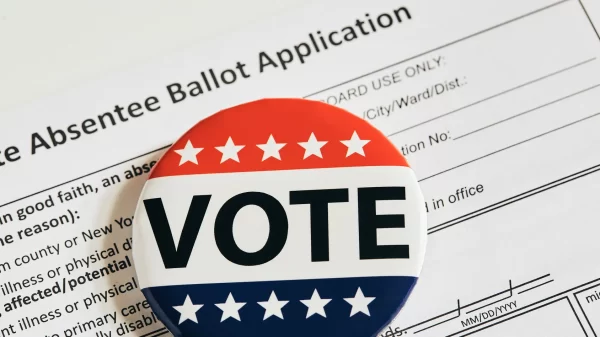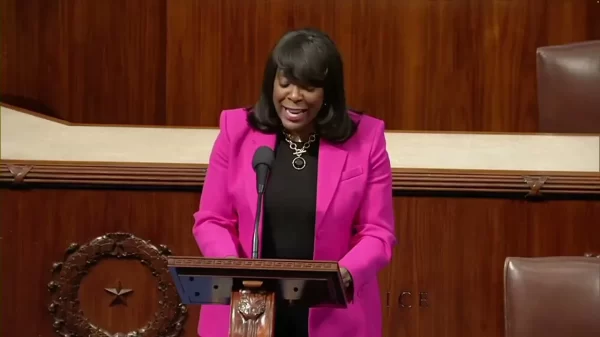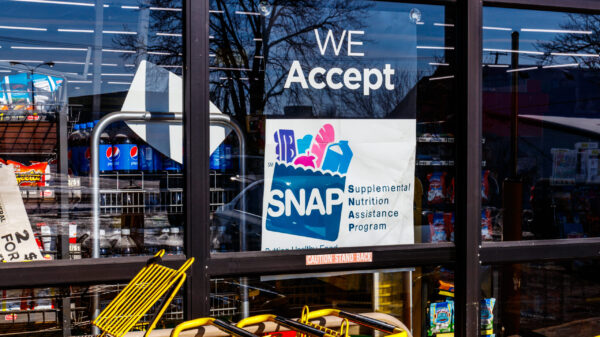The National Federation of Independent Business has released two new digital tools to help small business owners, policymakers and the public in Alabama “understand the significant economic impact of the 20 percent Small Business Tax Deduction and what’s at stake if Congress fails to make it permanent,” the organization said.
The new tools include an interactive map that allows users to explore how extending the Small Business Deduction would power job creation and GDP growth in every congressional district across Alabama, NFIB described. NFIB also launched a tax calculator to provide small business owners in Alabama with personalized estimates of how much more they could owe in federal income taxes in 2026 if the deduction expires.
“These tools show Alabama’s small business owners exactly what’s on the line for them and their communities,” said NFIB State Director Rosemary Elebash. “This deduction is critical to our economy, and letting it expire would do serious harm to Main Street businesses.”
According to NFIB’s interactive map, if the deduction is extended, Alabama could see an increase of over 33,000 jobs and $1.7 billion in GDP over the next decade. The district-level data allow lawmakers and local leaders to understand exactly how small businesses in their communities stand to gain when the tax deduction is made permanent, or lose if it is not.
The tax calculator can help individual small business owners project their potential tax increase if the deduction is not extended. For example, an Alabama small business owner with a personal income of $75,000 and qualified business income of $150,000 could see a tax increase of more than $13,000, depending on their full financial profile.
“We also applaud the United States House of Representatives for passing the One Big Beautiful Act this morning,” NFIB said. “The One Big Beautiful Bill Act is one of the most pro-small business pieces of legislation in recent history, and Congress has a historic opportunity to provide over 33 million small business owners with permanent tax relief.”

